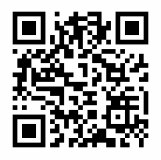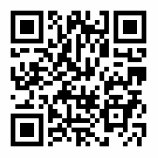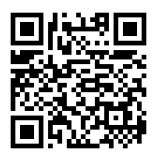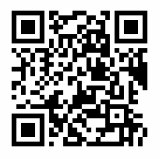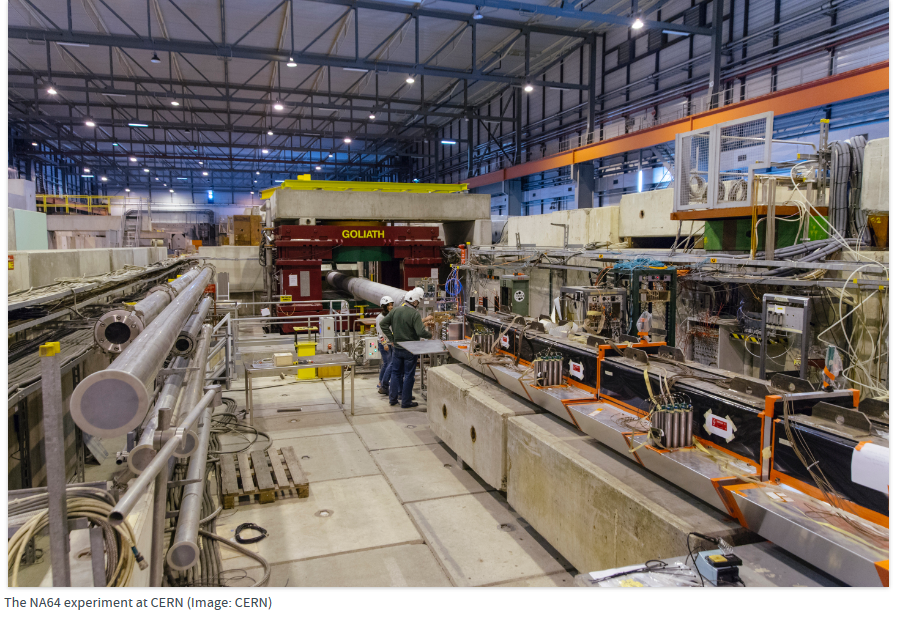
Additional evidence of an unknown particle from a Hungarian lab gives a new impetus to NA64 searches
CERN, by Ana Lopes — November 27, 2019
Excerpt:
……………………………….
The NA64 collaboration searches for X17 by firing a beam of tens of billions of electrons from the Super Proton Synchrotron accelerator onto a fixed target. If X17 did exist, the interactions between the electrons and nuclei in the target would sometimes produce this particle, which would then transform into an electron–positron pair. The collaboration has so far found no indication that such events took place, but its datasets allowed them to exclude part of the possible values for the strength of the interaction between X17 and an electron. The team is now upgrading their detector for the next round of searches, which are expected to be more challenging but at the same time more exciting, says Gninenko.
Among other experiments that could also hunt for X17 in direct searches is the LHCb experiment. Jesse Thaler, a theoretical physicist from the Massachusetts Institute of Technology, says: “By 2023, the LHCb experiment should be able to make a definitive measurement to confirm or refute the interpretation of the Atomki anomalies as arising from a new fundamental force. In the meantime, experiments such as NA64 can continue to chip away at the possible values for the hypothetical particle’s properties, and every new analysis brings with it the possibility (however remote) of discovery.”
View the complete article including image and links at:
https://home.cern/news/news/physics/plot-thickens-hypothetical-x17-particle

